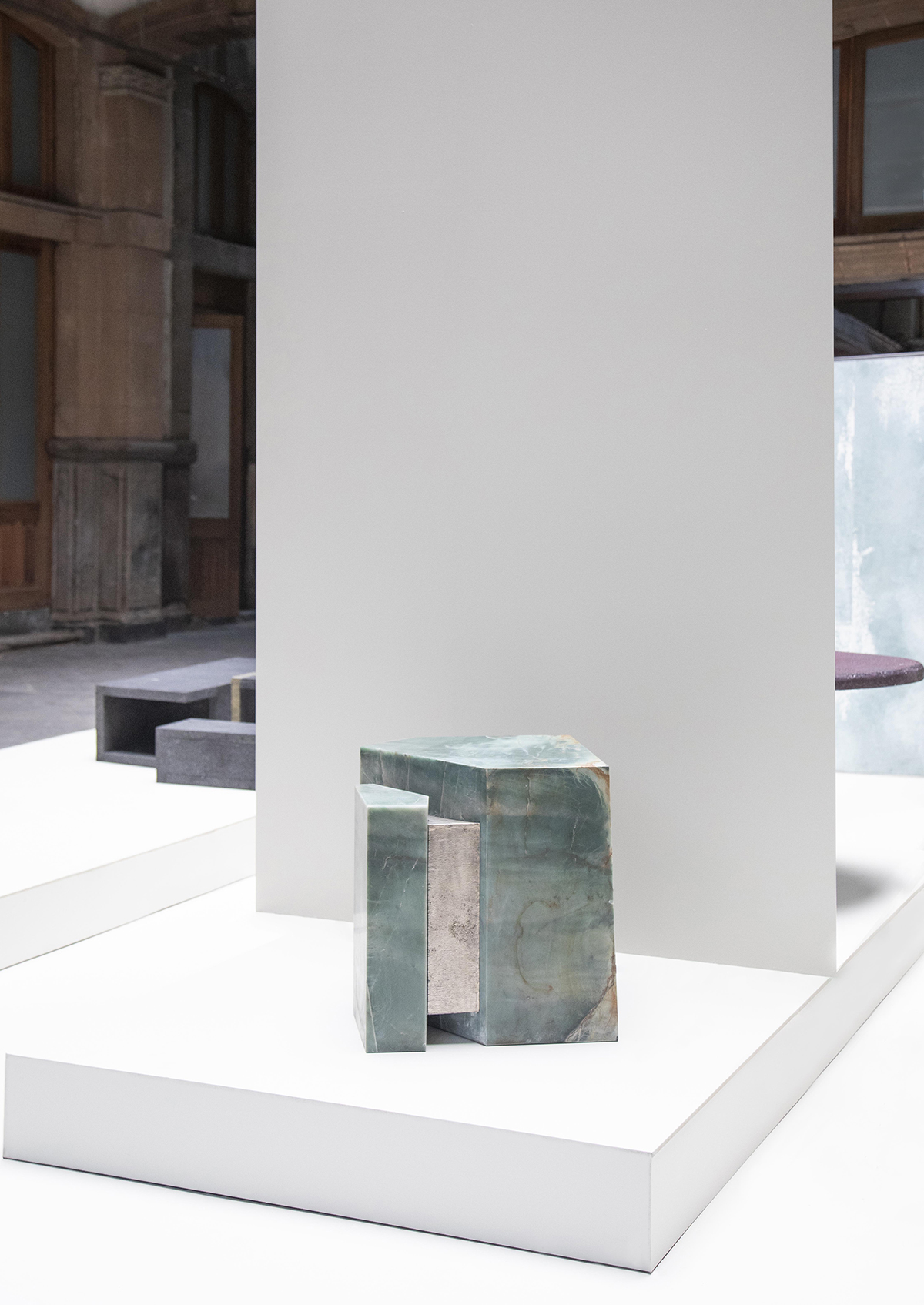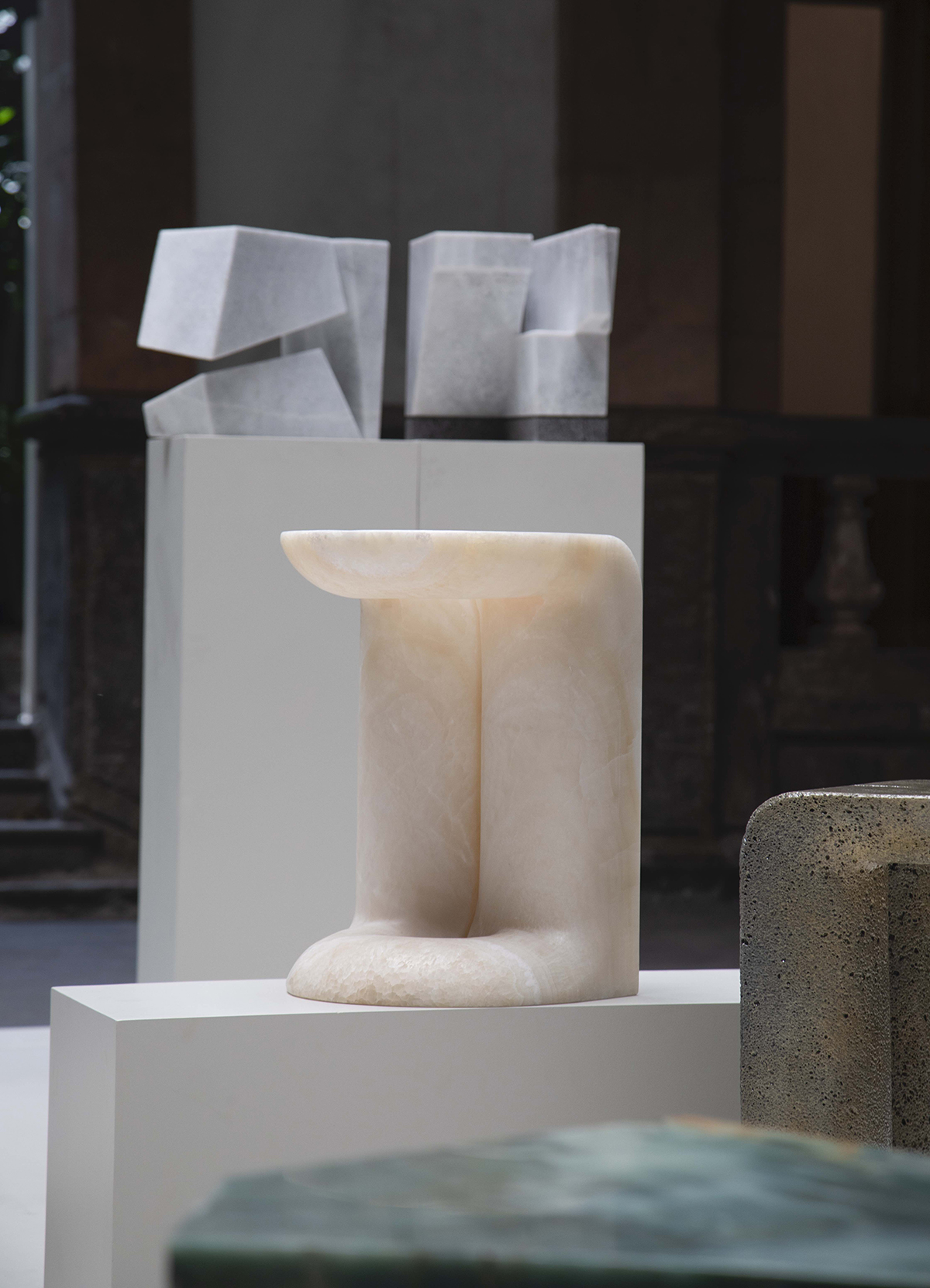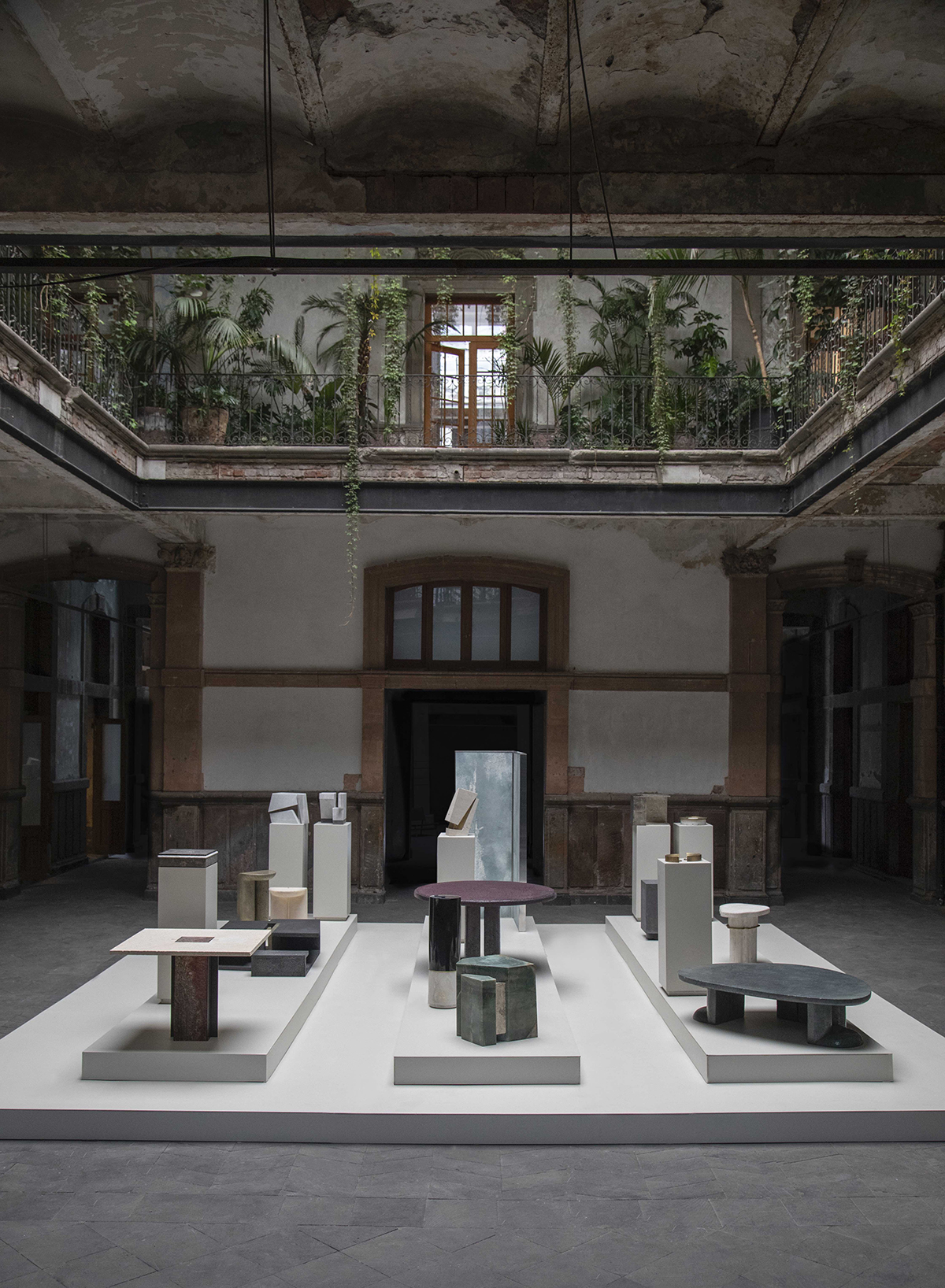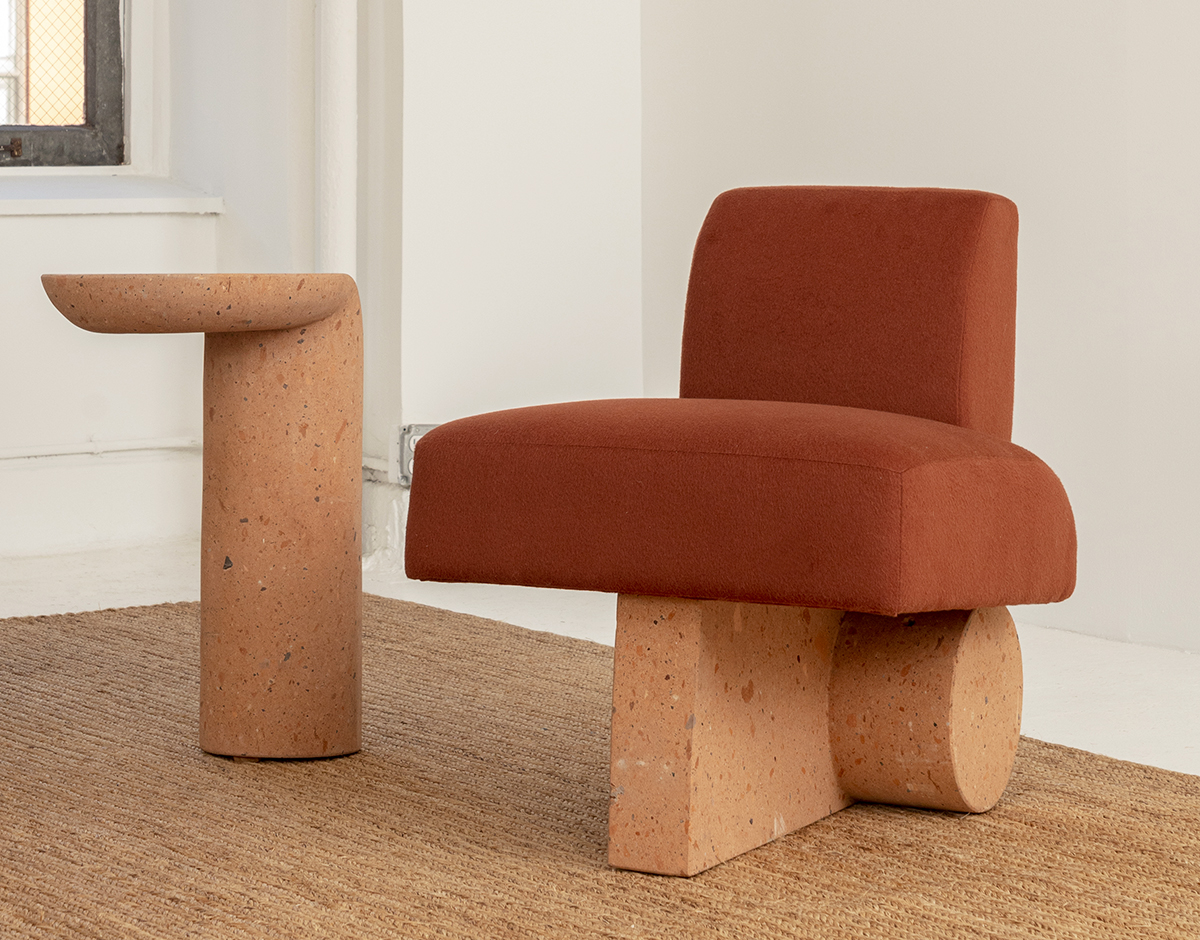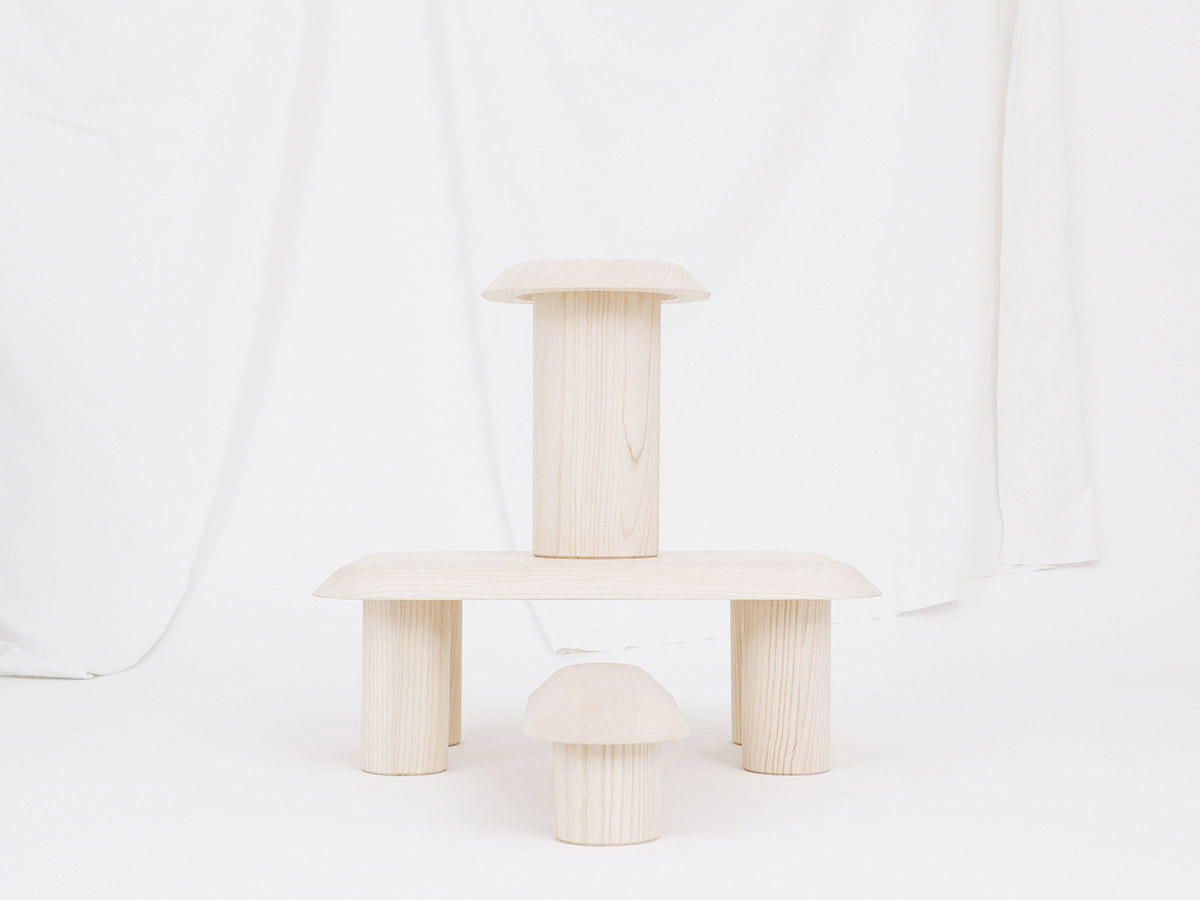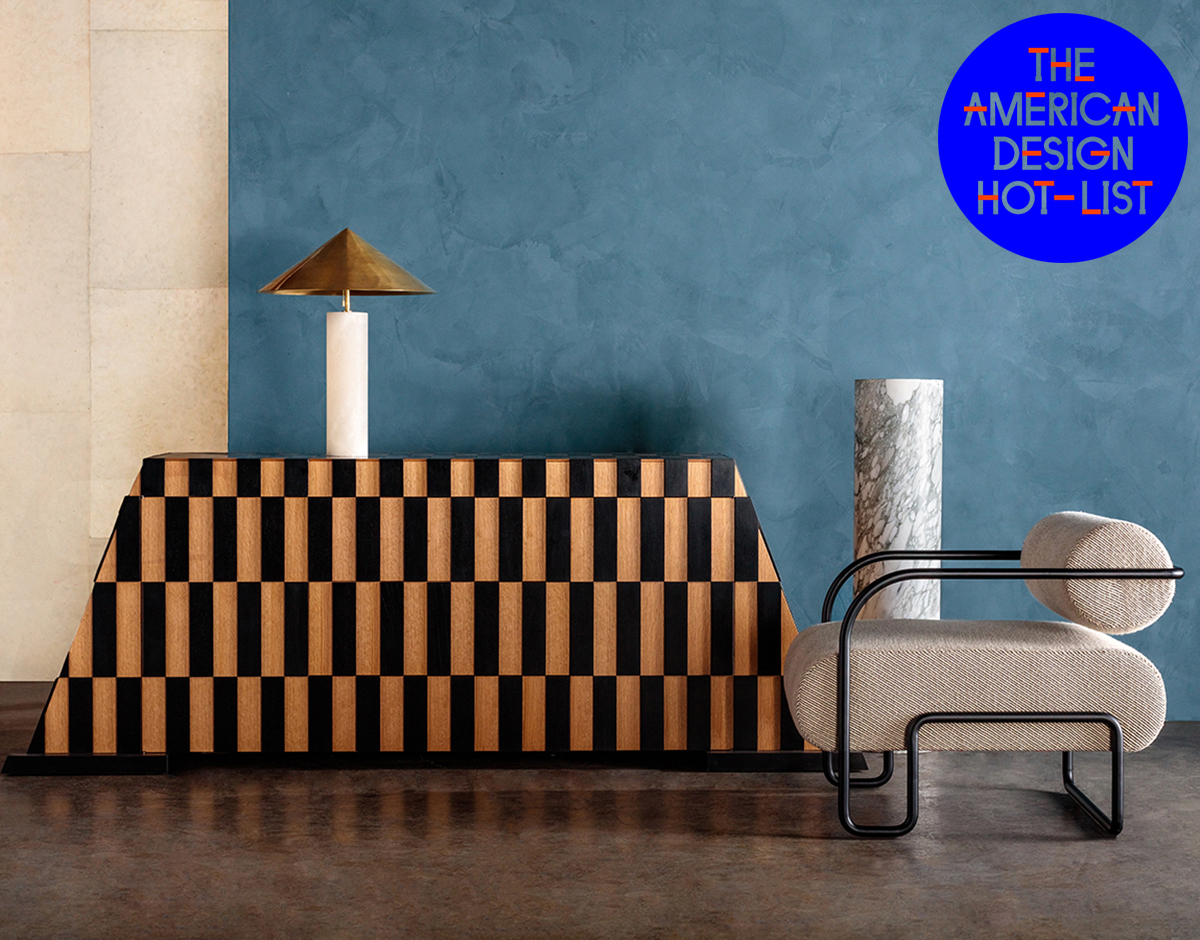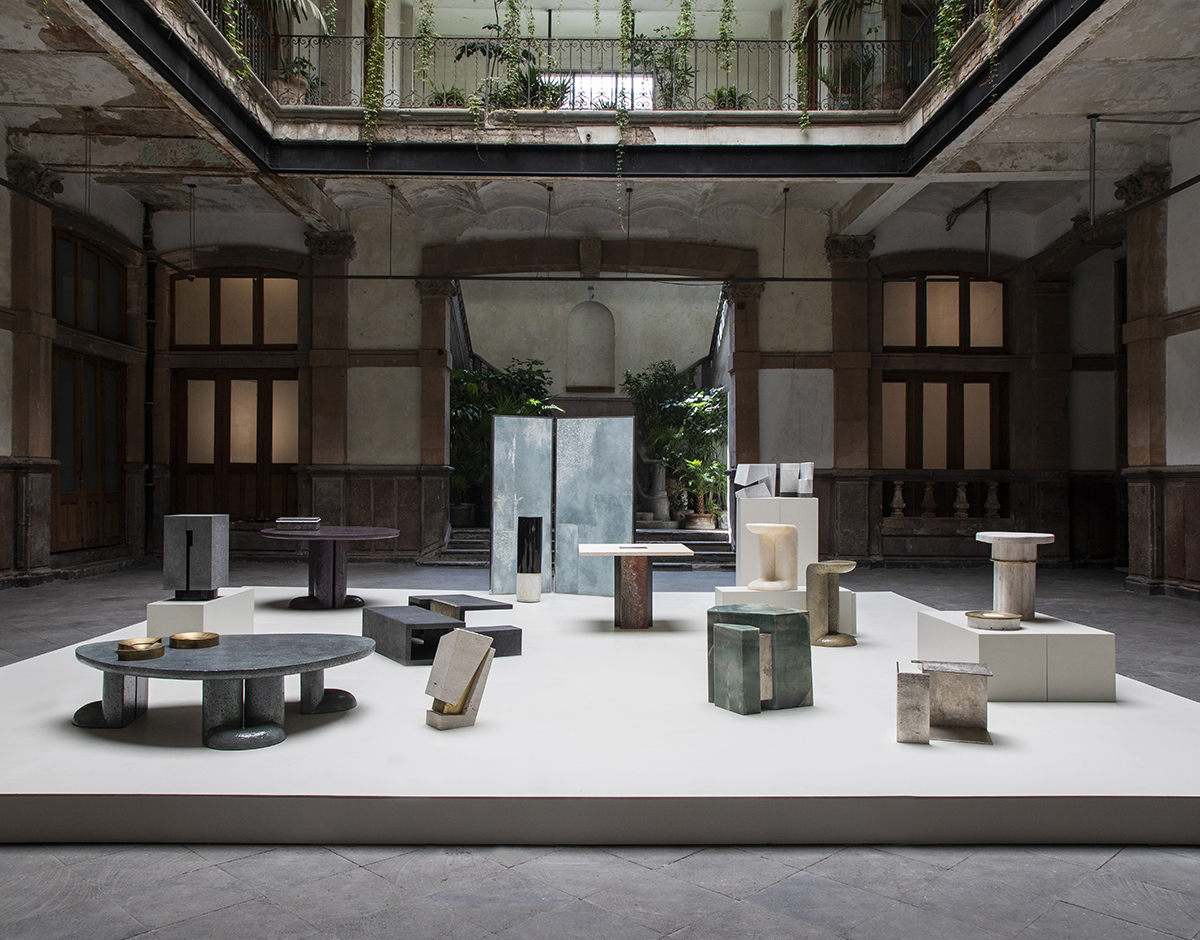
03.04.21
Excerpt: Exhibition
Meet UNNO, the New Online Gallery Championing Latin American Design
It’s no secret that the Latin American design scene has been flourishing in recent years; from the endless parade of galleries opening in Mexico City to the host of talented designers working out of hubs like São Paulo and Santiago, we’re always excited to see what’s coming out of that part of the world. But with the COVID-19 pandemic scuppering international travel since last March, talent scouting has, unfortunately, been relegated to what we can dig up on the internet. UNNO, a new online-only gallery from architect Laura Abe Vettoretti and interior designer Maria Dolores, is making the most of the situation after plans to open a physical gallery in Milan last year were put on hold. Their mission, they tell us, is to introduce the richly varied landscape of Latin American design to collectors across the globe, spurred on by the region’s fertile mix of craft tradition and yet-to-be-discovered crop of contemporary designers.
The first exhibition, which is online now, features collections designed by the founders themselves as well as work by three designers, two of them CDMX-based — Bandido Studio, known for their Made-in-Mexico lamps and furniture, and C. S. Nuñez, an up-and-coming industrial and interior designer — plus Ian Felton, who, though based in New York, has worked with Latin American artisans on his collection of hand-carved lava rock and onyx tables. We caught up with Vettoretti and Dolores pair over email to discuss opening an online gallery, researching Mesoamerican craft and their passion for all things Latin American design.
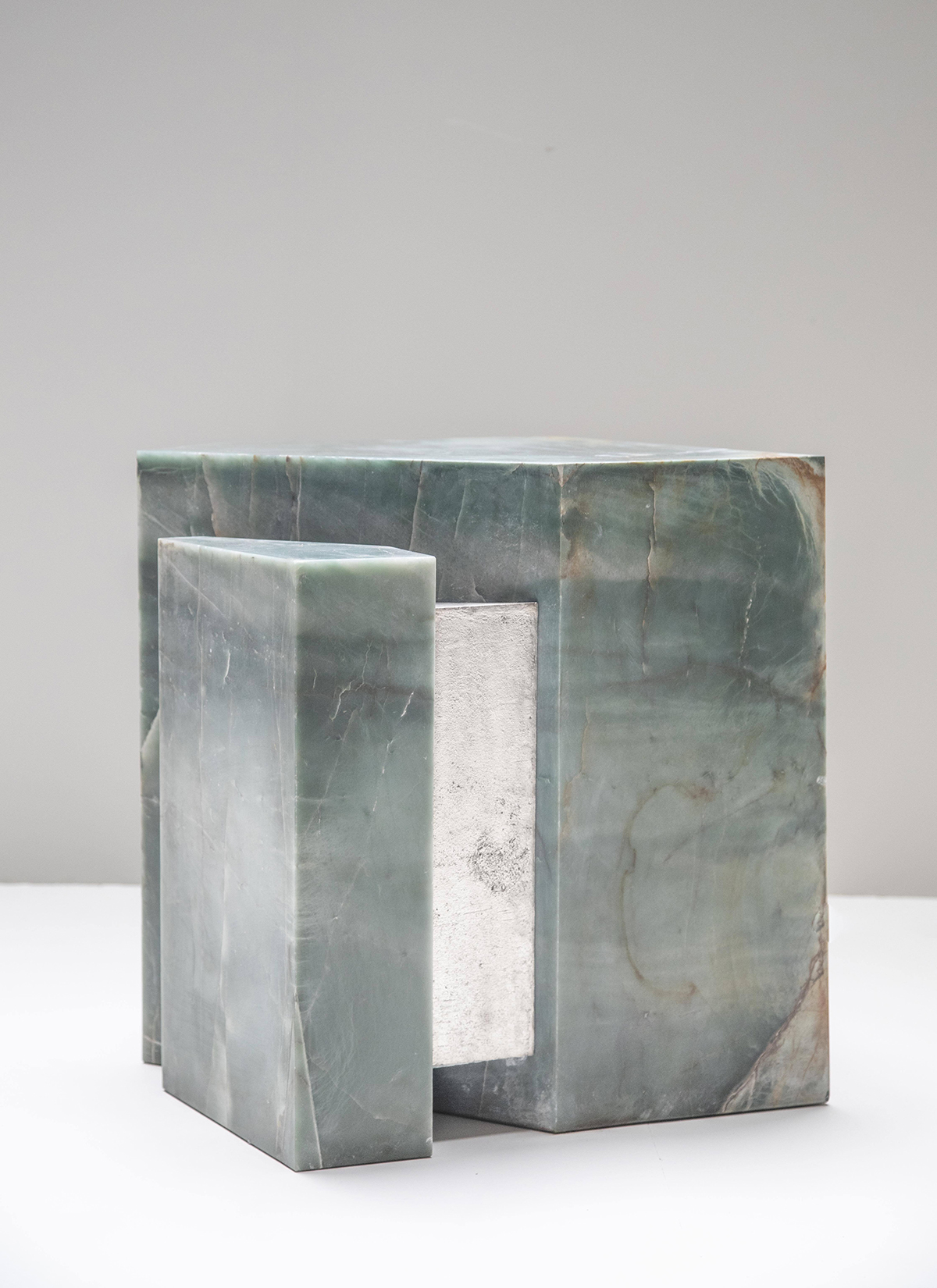
Talara by Abe Vettoretti and Dolores
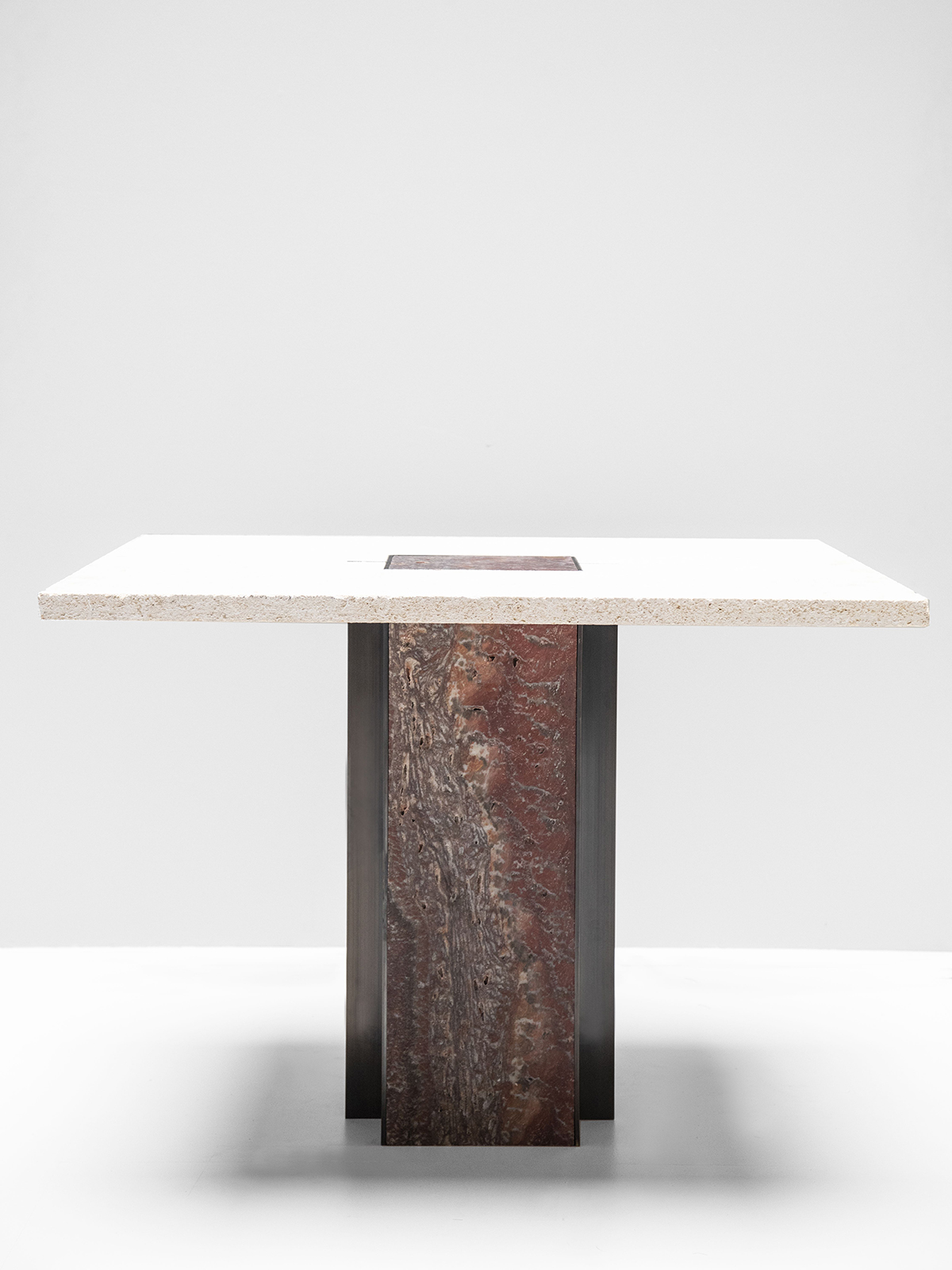
Luar Table by Abe Vettoretti and Dolores
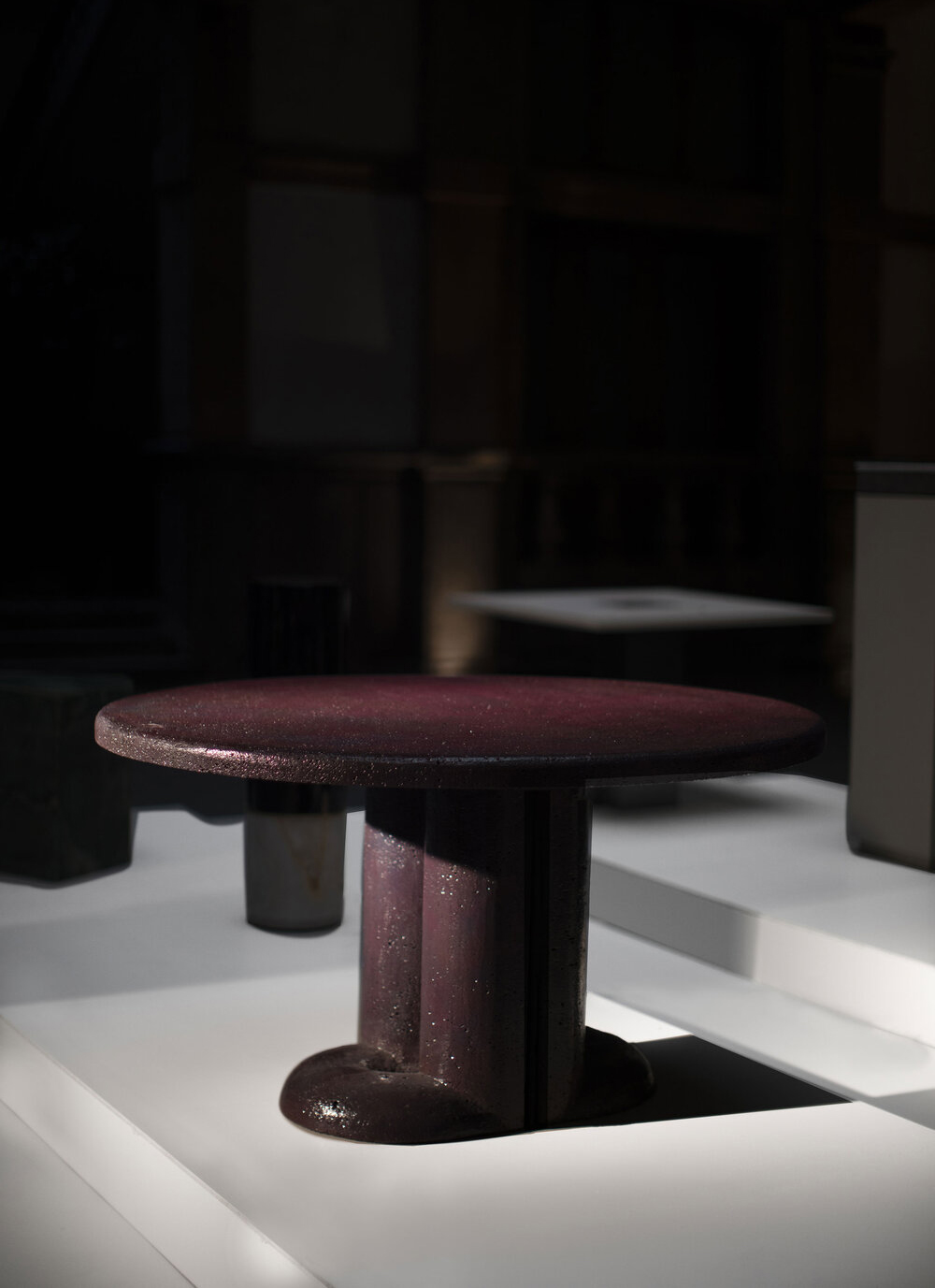
Mullunu dining table by Ian Felton
Can you tell me about your background? What were you doing prior to founding UNNO?
Laura is an architect and sculptor and also the interior design director of Gloria Cortina studio based in Mexico City and New York. Maria studied fine arts and interior design and founded Studio 84, an interior design showroom. We met through the design scene in Mexico City and we also collaborated on a few interior design projects. Our passion for design and art led to long conversations about how Latin American design is portrayed to the world; we realized that it often doesn’t correspond to our view, which is pure, raw, mystic and elegant.
What is the mission of UNNO?
We want be a gallery by and for young designers. We aim to connect and recapture our roots, and give rise to a cultural breaking point, portraying the intellectual assets of our represented designers as a solid sample of contemporary collectible design, distinct from mere craftsmanship.
There is a profound theoretical concept behind what we have to offer, resulting in unique pieces that connect with the life experiences of our collectors.
The experience of the digital gallery is structured as a narration through time; it has artistic, theoretical and graphic value, and as a user you discover the pieces through storytelling but it’s functional at the same time.
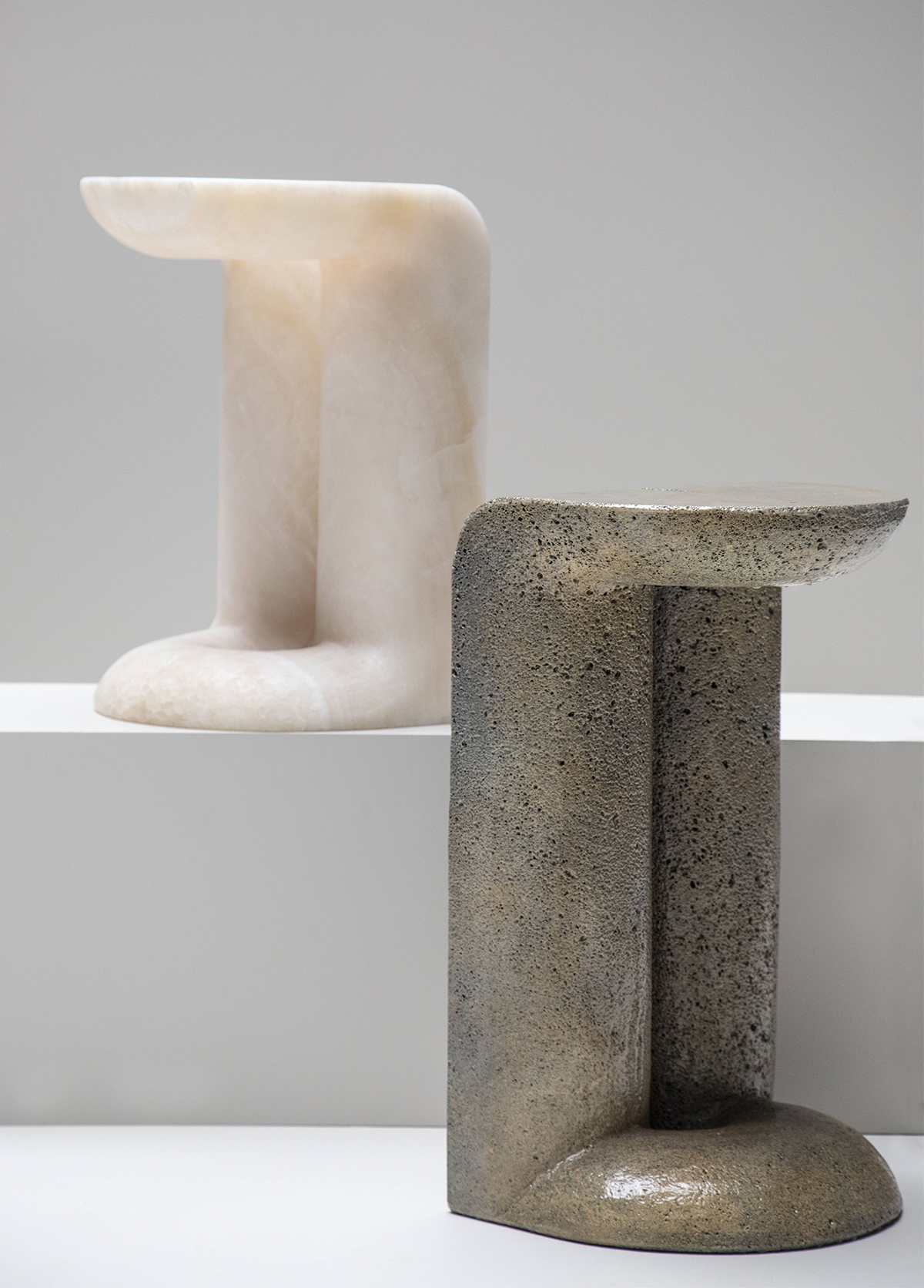
Mullunu table by Ian Felton 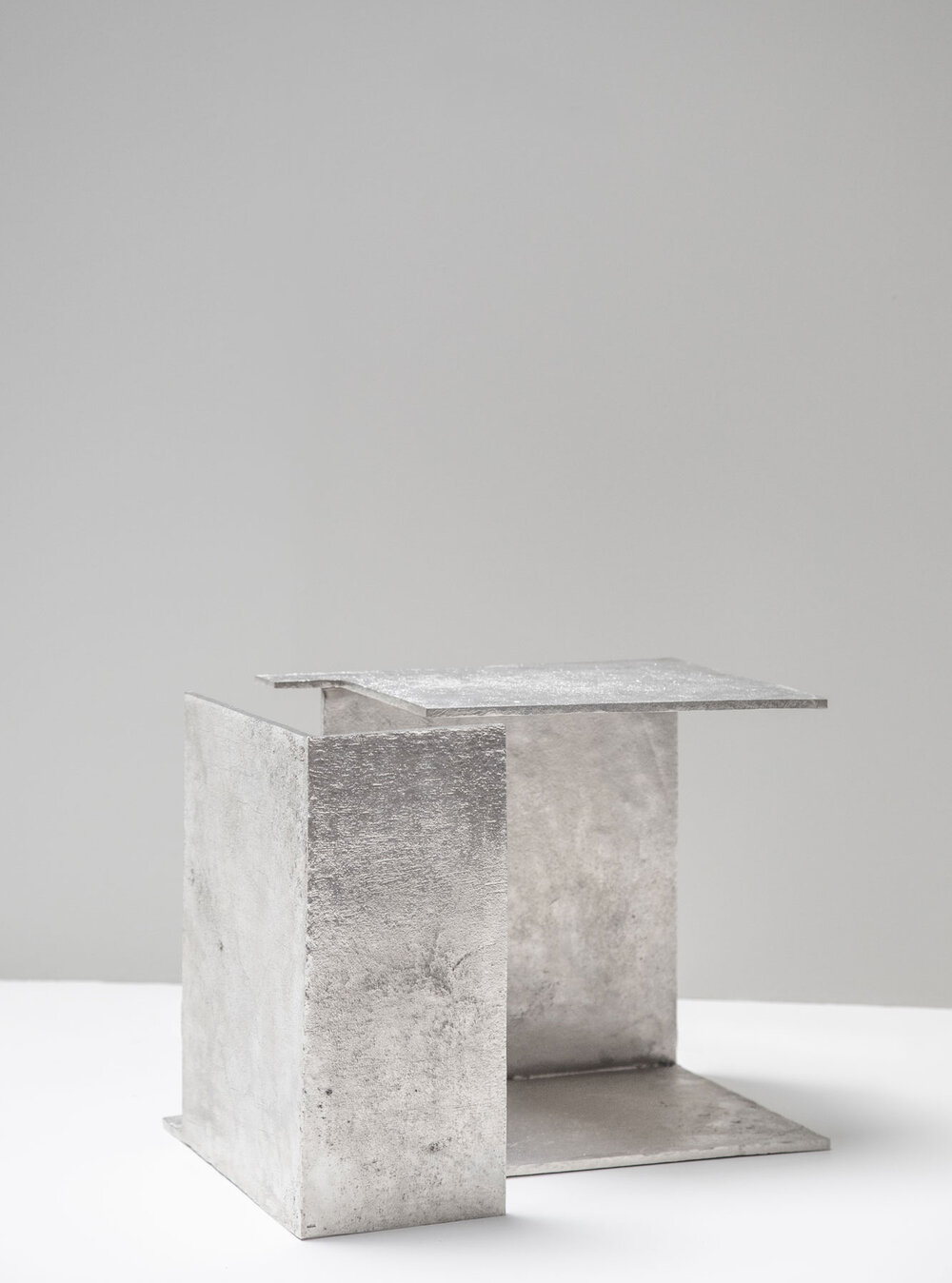
Framento sculpture by Abe Vettoretti
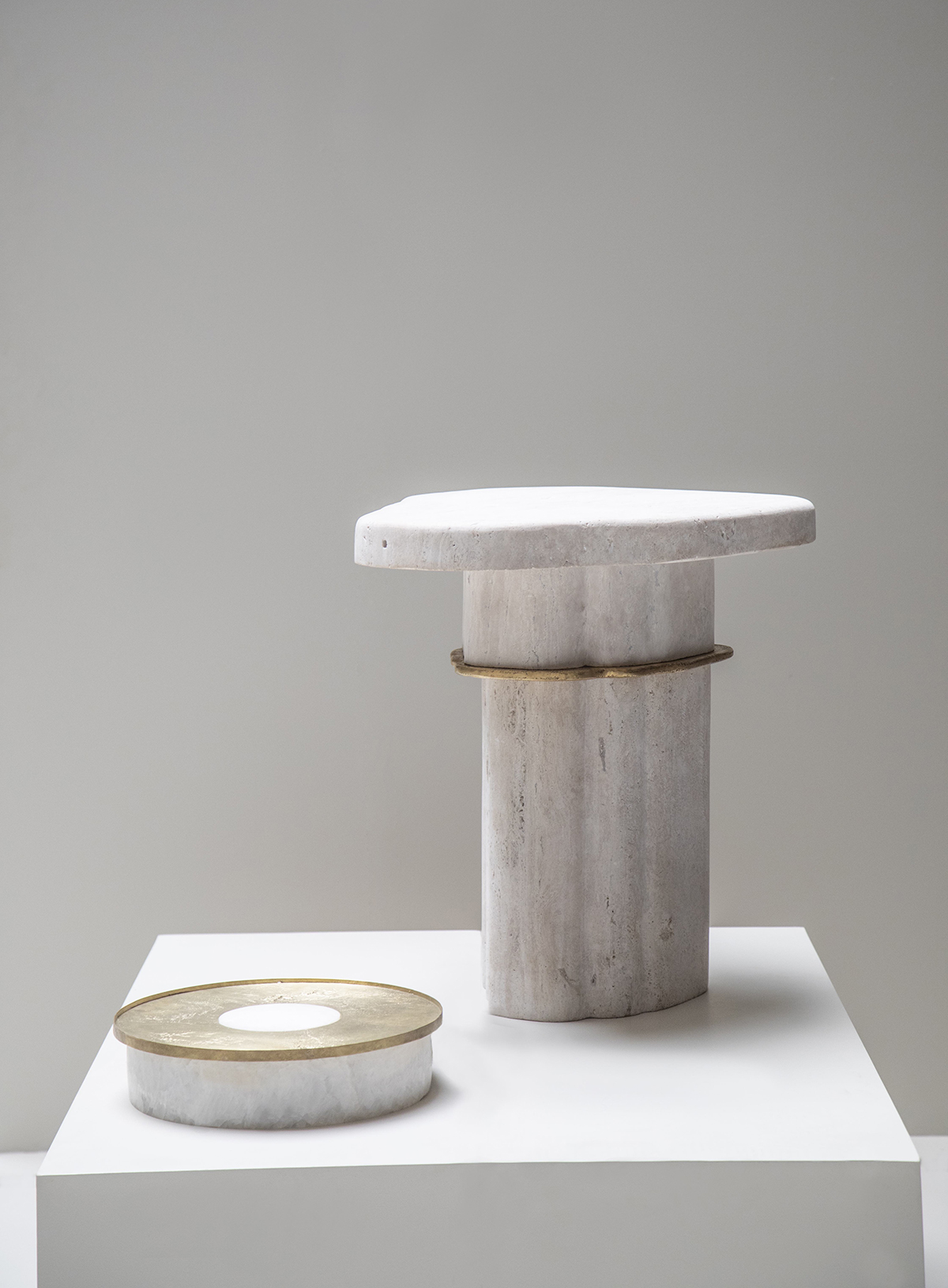
Tequitqui table by C.S. Nuñez
Are there plans to have a physical space for UNNO?
Our initial idea was to have a physical space in Brera, Milano. With the global health crisis, we realized we could adapt the gallery to any situation using the tools that the contemporary world has given us. We are living a digital revolution and the first Latin American digital gallery sounded just right. A physical space is still in our plans.
I’m really interested in all of the research you did into Mesoamerican craft techniques — specifically metallurgy and traditional stone carving — when developing these collections. Can you tell me about what you discovered and how you applied it to the collection?
This is a subject we are total nerds about: the connection between millenarian knowledge, our land materials, and the collision of both of these into contemporary lines.
With stone carving, we see this millennial element —the core of so many monuments around the world — as a living entity that emulates our bodies’ vital mechanisms. Our designers work with stones extracted and separated through an ancient mining technique that consists of cracking them with a stick and, thus, being able to select strong blocks that will endure the carving process. After this, every block is hand-carved, so each piece’s details can be modified according to its unique qualities. This is what hand-carving gives you: enough time to let the material speak to you.
Some of the unique stones our designers work with are jade, which is the second hardest stone in the world; it’s as challenging to work with as diamond. The Mayans associated its imperishable nature and rareness with eternity — it is quite difficult to extract it in big blocks. Obsidian, which was a central component of our pre-Hispanic past and its unmistakable mysticism, is associated with sacrifice and cosmology. The greatest obsidian artisans of our times are found in Teotihuacan. They are the direct inheritors of Mesoamerican craftsmanship who guard the secrets for working with this delicate yet powerful volcanic glass. Up to three obsidian blocks had to be extracted to create the floor lamp Tezca, exhibited in Tlanextli collection. Lava rock: an undying material, taken from the heart of volcanoes and, according to the Aztecs, a sacred refuge for the gods.
Talking about metal, our Mesoamerican ancestors developed metallurgy around 800 A.D. Then, with the coming of the Spanish conquerors, their techniques were reinterpreted, leading to a unique and highly inventive way of working with metal. We discovered that every “maestro” has a different process of working with metal, which gives a unique touch to every piece, the collections of our designers are made by different maestros and you can clearly notice their own signature. Pure chemistry, an immense spectrum of possibilities.
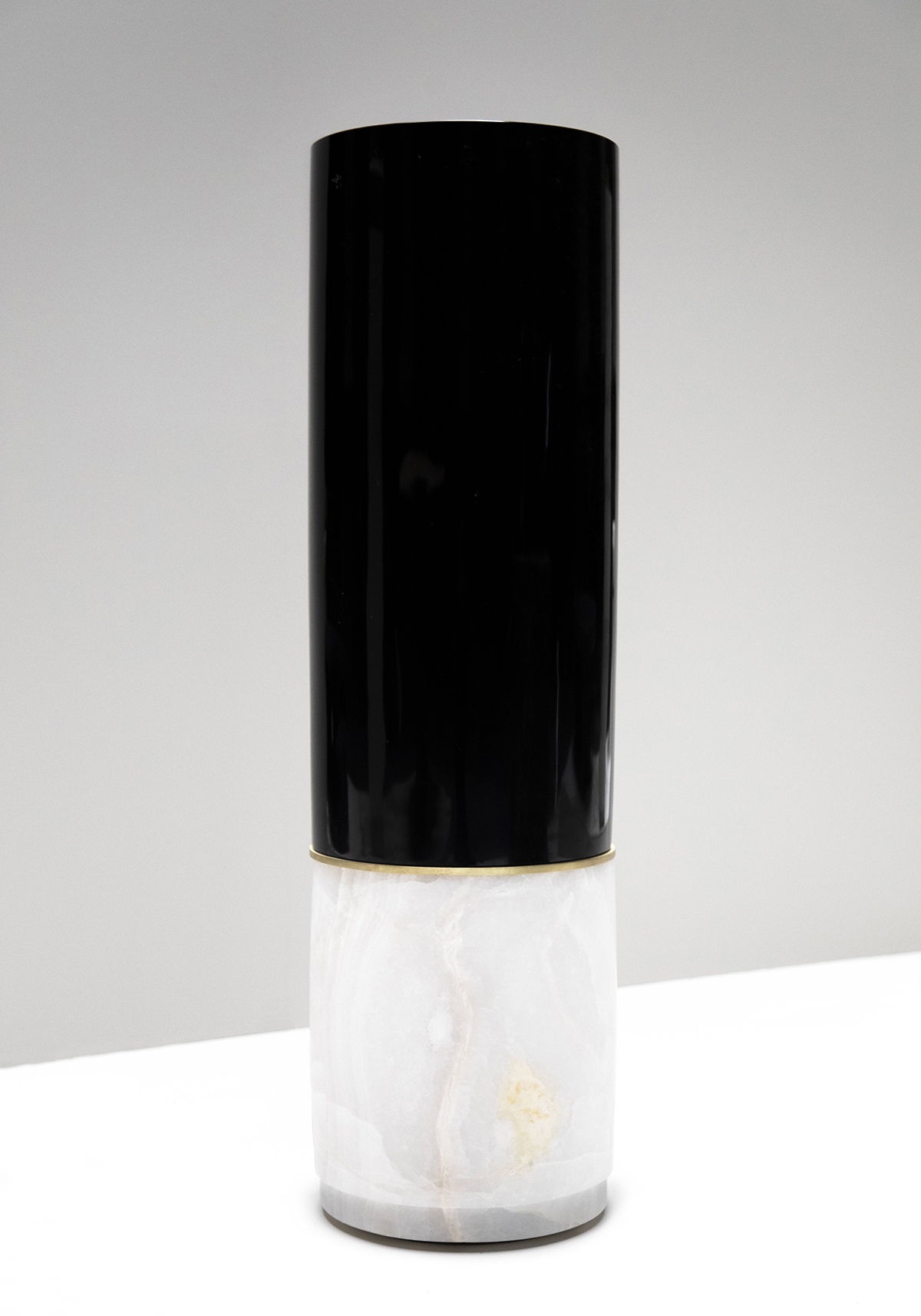
Tezca light by Bandido Studio
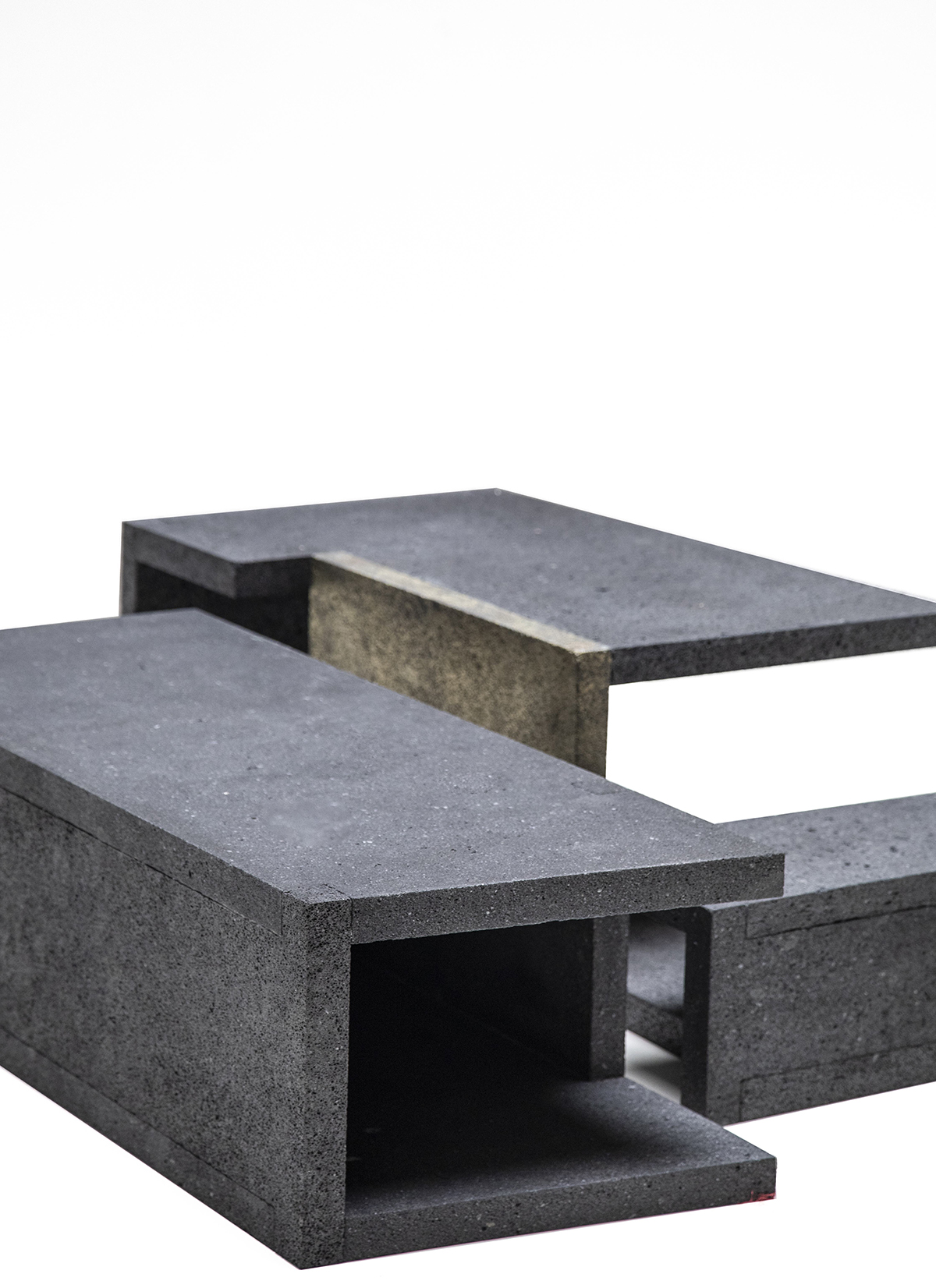
Lacuna coffee table by Abe Vettoretti and Maria Dolores
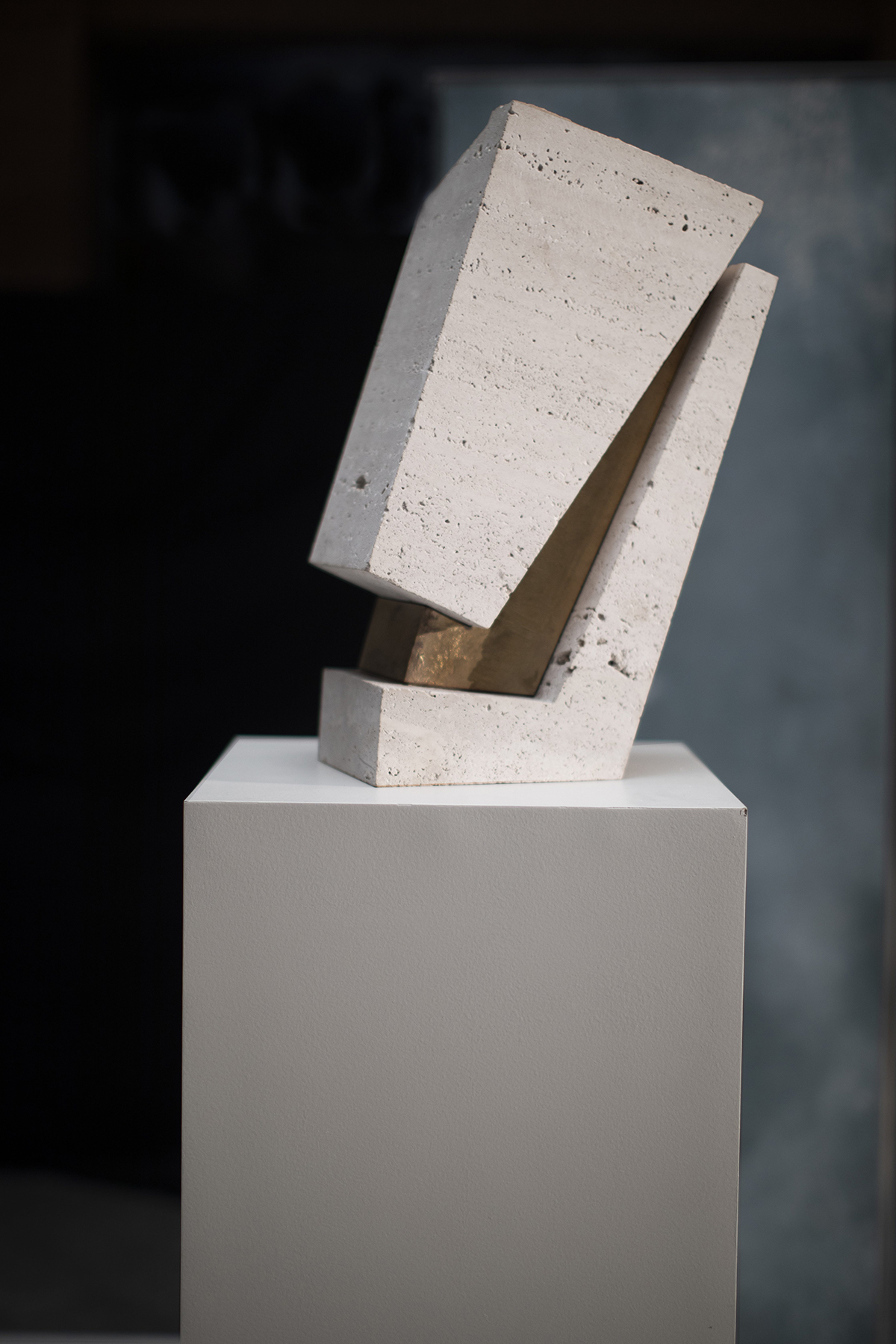
Polvere sculpture by Abe Vettoretti and Maria Dolores
There’s a real focus on traditional craft and artisanship within all of the collections that UNNO is showing. Can you tell me about the craftspeople who are producing some of the pieces?
We select maestros that have the knowledge in their veins, their families have been doing this generation past generation. They are the true storytellers. They replicate the technical knowledge of the cultures that came before us — along with the ceremonial awareness tied to their creative processes.
Can you describe some of the pieces you personally designed for the gallery?
Our collection is named Nuscaa. It recalls the innate connection between Earth and humanity, the awe that this grand spirit stirred on pre-Hispanic consciousness. Through the use of spaces and fragmented lines that emulate life’s primal forms, this collection portrays nature, along with all its living beings, as a source of conflicting yet co-creating forces — light and darkness, sun and shadow, chaos and order, a tender and at the same time tempestuous mother that becomes the reflection of humankind’s unruly spirit.
Jade, lava rock, cast bronze, onyx, and black marble are some of the foundations of this sacred retelling: not merely design materials, but priceless treasures recovered from Earth’s deepest and most secret rooms. Jewels of yore.
Our design process is quite unique. We started from a poetic feeling that we want to transmit, then we chose the material that we thought would translate it the best. We connected it with a historic relation with our past and then came the moment to start drawing lines. Having all that background makes the hand draw without much trouble.
Our Talara side table/sculpture is quite important for us, from finding the size of the block to the great challenge to execute it, the maestros needed 23 diamond disks to cut it. We treated it like something coming to life.
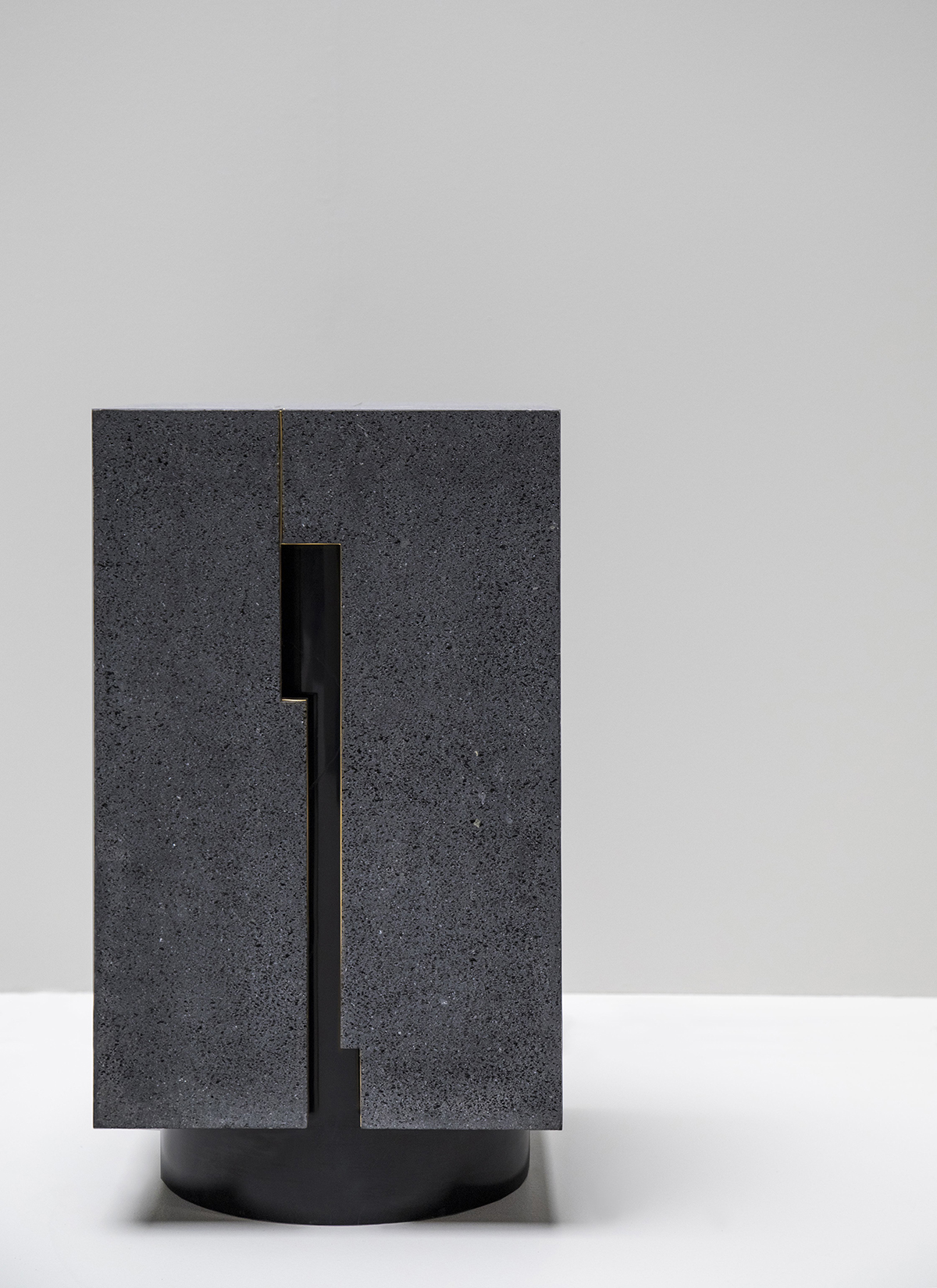
Amuleto side table by Abe Vettoretti and Maria Dolores
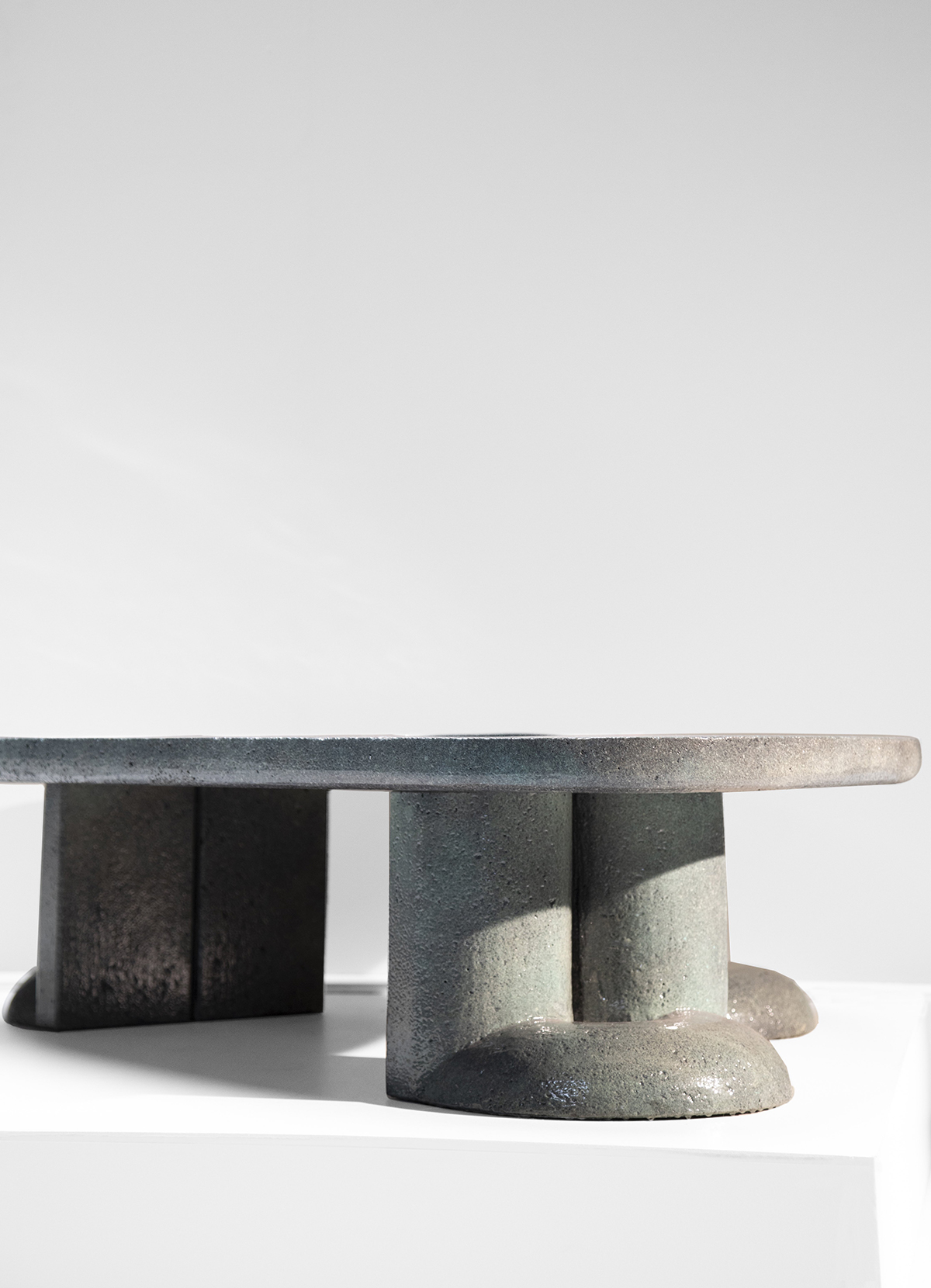
Mullunu coffee table by Ian Felton
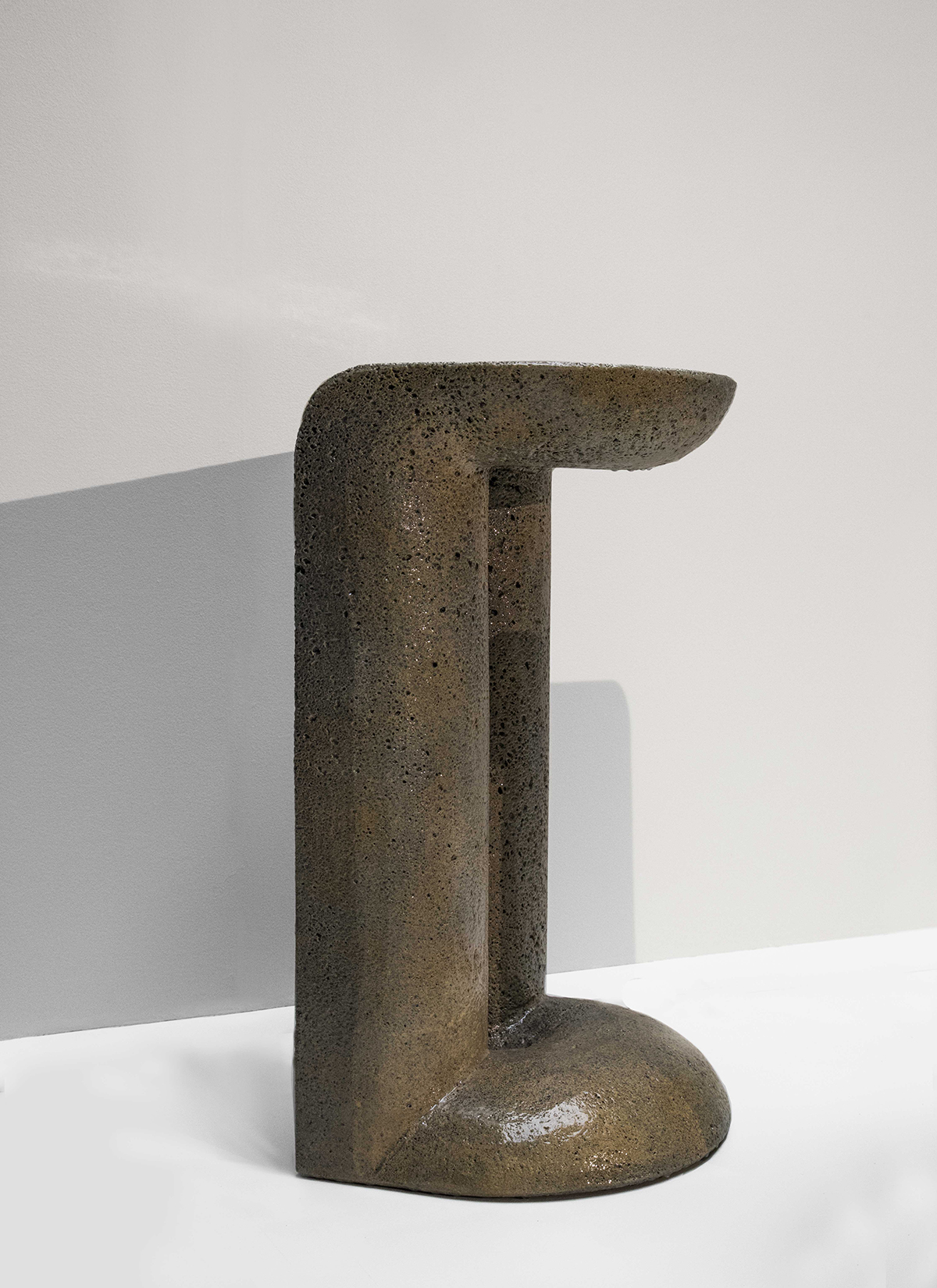
Mullunu side table by Ian Felton
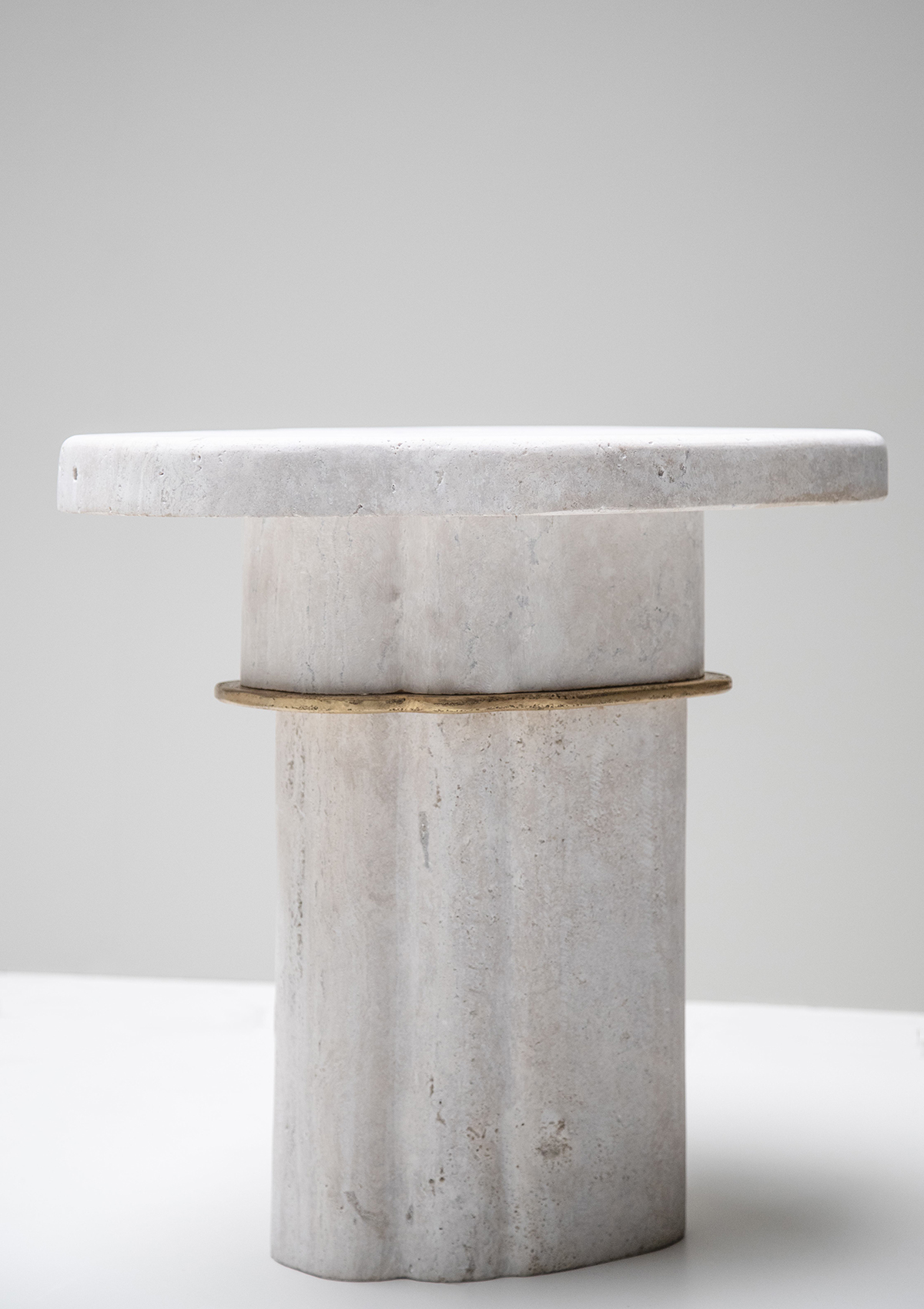
Tequitqui table by C.S. Nuñez
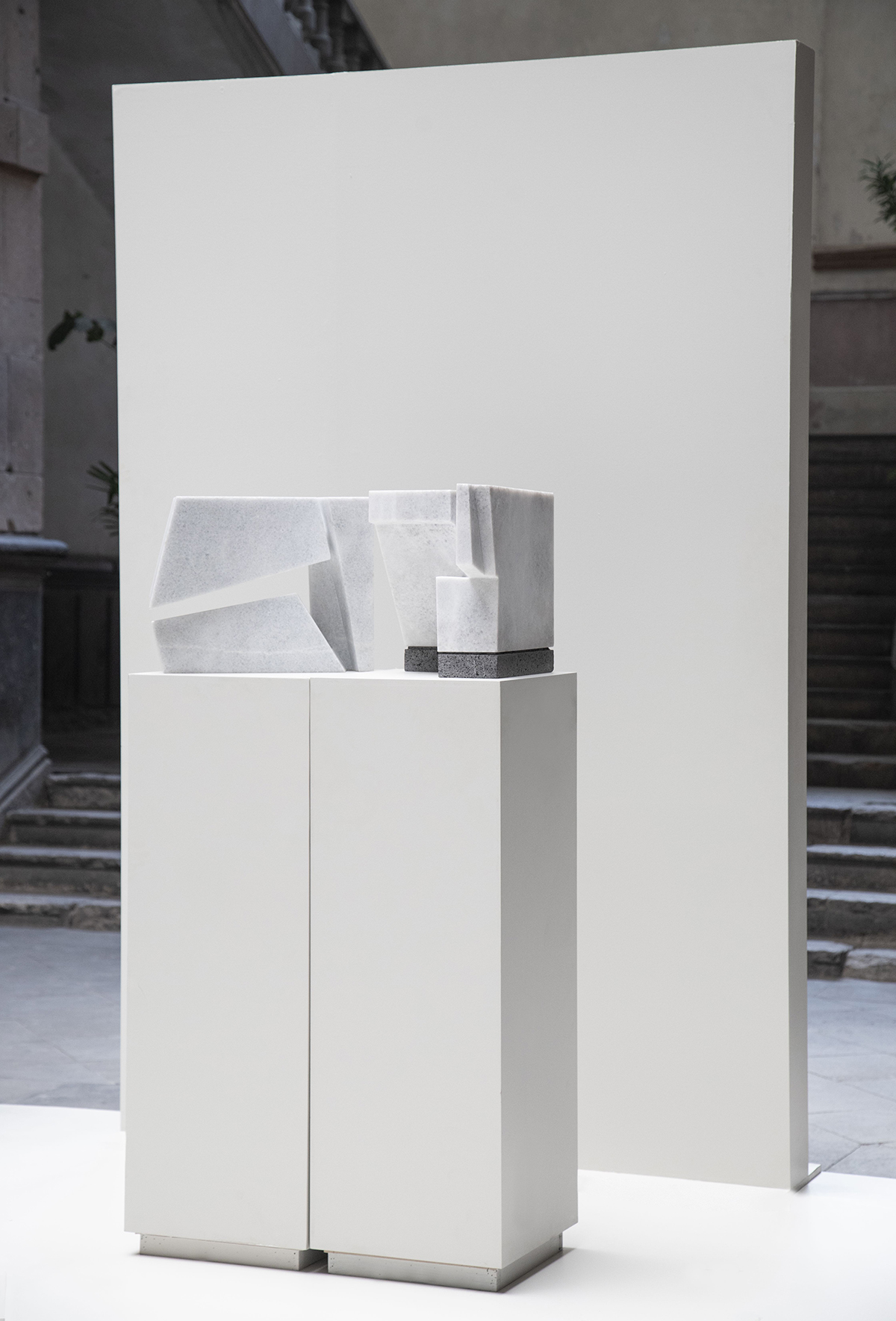
Sculptures by Abe Vettoretti and Maria Dolores
